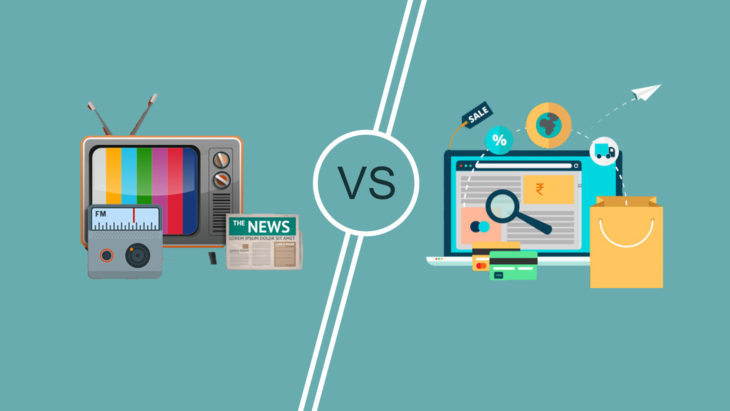The digital era has changed how things worked for many, and that includes print and advertising. While billboards and product placements are still being used all over the world, the internet has introduced another player to the scene: digital marketing. It has allowed a much wider reach, at a lower cost all the while being more effective. To understand why, we must first go back to basics and discover the fundamentals of marketing.
What is marketing/digital marketing?
According to the Oxford dictionary, marketing is defined as the act of promoting certain products and services, in hopes of closing a sale while digital marketing is defined on Wikipedia as basically the same thing, except that instead of print or other traditional media, it makes use of digital technologies and digital medium, displaying these advertisements and employing their means mainly through the internet.
While marketing encompasses the use of all formats, digital or internet marketing only targets those with smartphones or other forms of communicative technology. In a world of 7.5 billion people, 2.71 billion has access to smartphones. While it might not seem like a high percentage, advertisers have to take into account their demographic. Is their product or service viable to those who are unable to afford a smartphone?

Source: absolinsoft
Instant gratification is the ally of every market
According to UnitedSEO, to maximize sales is to maximize the efficiency and ease of checkout. The reasoning behind that is that if you give consumers room to doubt or stop and think, they might begin to ask themselves “is it worth it?”
If you have to search high and low for your cart, or if it’s simply a hassle to check out. Any little problem from filling in your details – the box might be too small, the keypad might not be mobile optimized – to choosing a shipping option, if there’s something that doesn’t meet the requirements or expectations of a certain customer, you might very well lose the sale.
However, if everything is working well, it is working in your favor. The same cannot be said for traditional forms of marketing. You might see an advertisement for something, you might be very interested in the product or service. But if there is no call to action with a scannable QR code or something that makes life easier for the consumers, they might feel it’s not worth their time and effort.

Source: activewebgroup
When everything is done on a gadget – a tablet, a smartphone – it goes on to prove that if it’s easily accessible, it will result in more sales. However, even if you see something you really like and you find out it is only available in a certain store in a certain part of the world, you might no longer feel like you need it. This is all thanks to the way technology has shaped us: if we can’t get it now, we don’t need it. But if we’re able to get it instantly, there’s no chance for us to deliberate the necessity of it.
